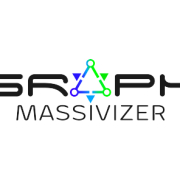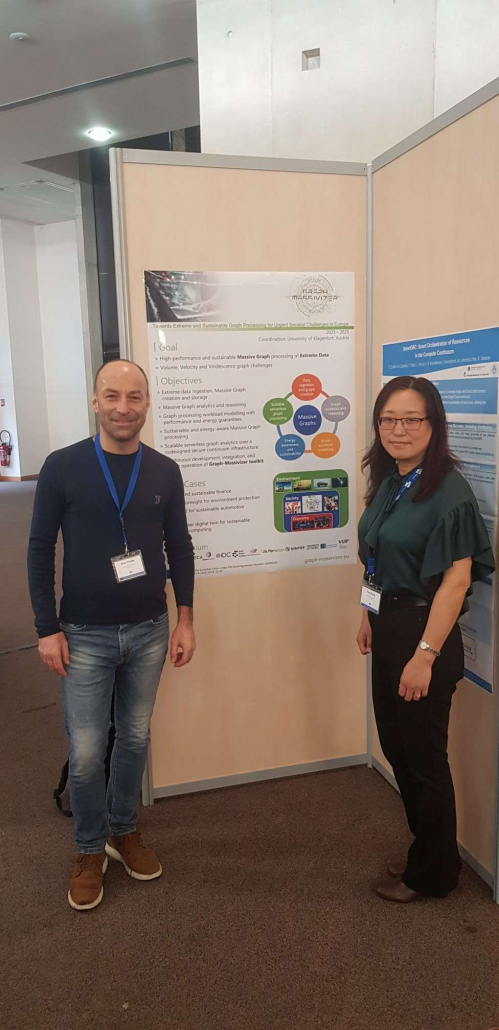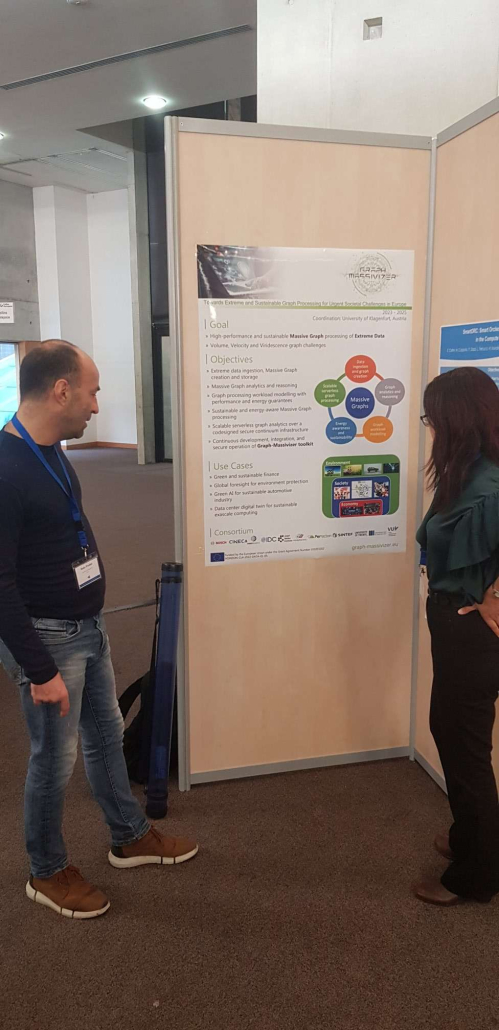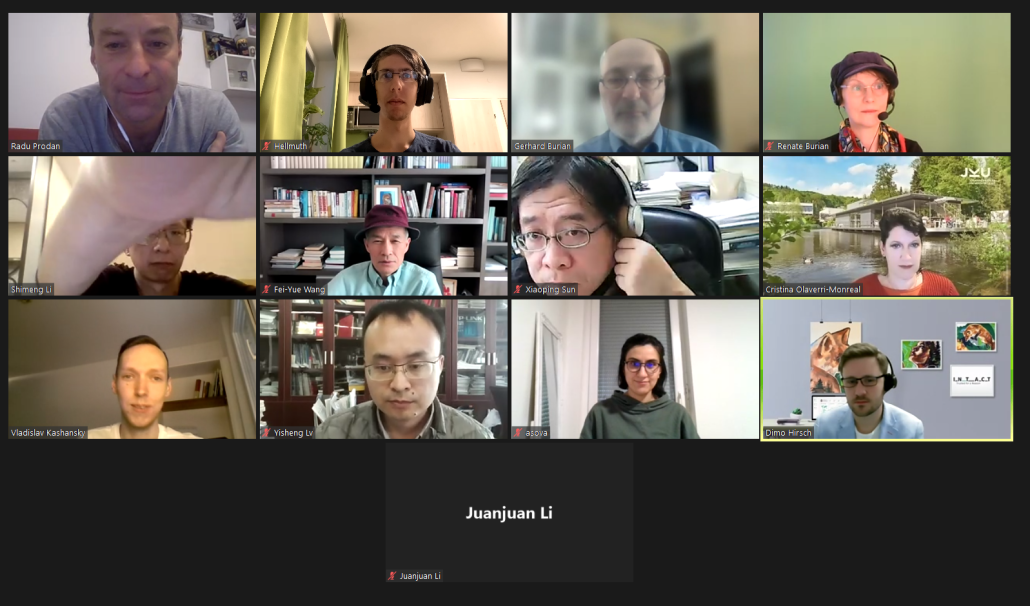 Alpen-Adria Universität Klagenfurt, Institute of Information Technology Chinese Academy of Sciences, Institute of Automation Johannes-Kepler-Universität Linz, Intelligent Transport Systems- Sustainable Transport Logistics 4.0 Logoplan – Logistik, Verkehrs und Umweltschutz Consulting GmbH Intact GmbH Chinese Academy of Sciences, Institute of Computing Technology
Alpen-Adria Universität Klagenfurt, Institute of Information Technology Chinese Academy of Sciences, Institute of Automation Johannes-Kepler-Universität Linz, Intelligent Transport Systems- Sustainable Transport Logistics 4.0 Logoplan – Logistik, Verkehrs und Umweltschutz Consulting GmbH Intact GmbH Chinese Academy of Sciences, Institute of Computing Technology
The kick-off meeting of the EU Horizon project – Graph-Massivizer (Massive Graph Processing of Extreme Data for a Sustainable Economy, Society, and Environment) took place from January 30th – February 2nd, 2023, at Klagenfurt University.
The Graph-Massivizer team comprising twelve international industrial and academic partners from Austria, Italy, Ireland, Slovenia, Norway, Netherlands, and Germany, pledged support to research and develop a high-performance, scalable, and sustainable platform for information processing and reasoning based on the massive graph representation of extreme data. Moreover, various aspects of the Graph-Massivizer toolkit, including five open-source software tools and FAIR graph datasets, were discussed in this meeting.
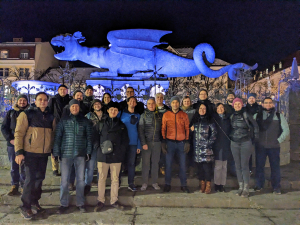
Collaborative Edge-Assisted Systems for HTTP Adaptive Video Streaming
5G/6G Innovation Center, University of Surrey, UK
6th January 2023 | Guildford, UK
Abstract: The proliferation of novel video streaming technologies, advancement of networking paradigms, and steadily increasing numbers of users who prefer to watch video content over the Internet rather than using classical TV have made video the predominant traffic on the Internet. However, designing cost-effective, scalable, and flexible architectures that support low-latency and high-quality video streaming is still a challenge for both over-the-top (OTT) and ISP companies. In this talk, we first introduce the principles of video streaming and the existing challenges. We then review several 5G/6G networking paradigms and explain how we can leverage networking technologies to form collaborative network-assisted video streaming systems for improving users’ quality of experience (QoE) and network utilization.
Reza Farahani is a last-year Ph.D. candidate at the University of Klagenfurt, Austria, and a Ph.D. visitor at the University of Surrey, Uk. He received his B.Sc. in 2014 and M.Sc. in 2019 from the university of Isfahan, IRAN, and the university of Tehran, IRAN, respectively. Currently, he is working on the ATHENA project in cooperation with its industry partner Bitmovin. His research is focused on designing modern network-assisted video streaming solutions (via SDN, NFV, MEC, SFC, and P2P paradigms), multimedia Communication, computing continuum challenges, and parallel and distributed systems. He also worked in different roles in the computer networks field, e.g., network administrator, ISP customer support engineer, Cisco network engineer, network protocol designer, network programmer, and Cisco instructor (R&S, SP).
Radu Prodan participated in the panel on “Fueling Industrial AI with Data Pipelines” at presented the Graph-Massivizer project at the European Big Data Value Forum on November 22 in Prague, Czech Republic.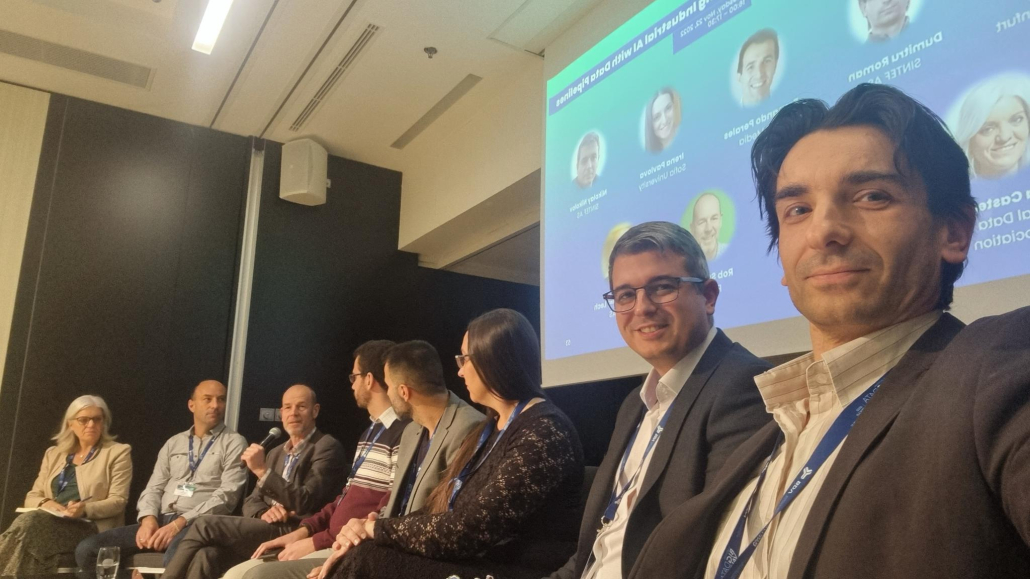

The threat of climate change requires a drastic reduction of global greenhouse gas (GHG) emissions in several societal spheres. Thus, this also applies to reducing and rethinking the energy consumption of digital technologies. Video streaming technology is responsible for more than half of digital technology’s global impact [ref]. There is rapid growth, also now with digital and remote work has become more mainstream, in the amount of video data volume, processing of video content, and streaming which affects the rise of energy consumption and its associated GHG emissions.
The International Workshop on Green Multimedia Systems 2023 (GMSys 2023) aims to bring together experts and researchers to present and discuss recent developments and challenges for energy reduction in multimedia systems. This workshop focuses on innovations, concepts, and energy-efficient solutions from video generation to processing, delivery, and further usage.
Find further info at https://athena.wp.itec.aau.at/events-gmsys23/
A pre-kickoff meeting for Graph-Massivizer took place on November 4, 2022, at Vrije Universiteit Amsterdam. Ana Lucia Varbanescu, Michael Cochez, Alexandru Iosup, and Radu Prodan discussed the scientific goals of the Graph Massivizer project and how to exceed them.
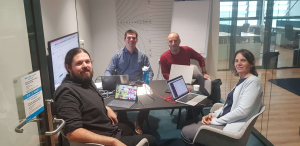
A new online article about Graphmassivizer has been published in the Science blog; check it out HERE.

29th International Conference on MultiMedia Modeling
9 – 12 January 2023 | Bergen, Norway
Daniele Lorenzi (Alpen-Adria-Universität Klagenfurt), Farzad Tashtarian (Alpen-Adria-Universität Klagenfurt), Hadi Amirpour (Alpen-Adria-Universität Klagenfurt), Christian Timmerer (Alpen-Adria-Universität Klagenfurt), and Hermann Hellwagner (Alpen-Adria-Universität Klagenfurt)
Abstract:
HTTP Adaptive Streaming (HAS) is the predominant technique to deliver video contents across the Internet with the increasing demand of its applications. With the evolution of videos to deliver more immersive experiences, such as their evolution in resolution and framerate, highly efficient video compression schemes are required to ease the burden on the delivery process. While AVC/H.264 still represents the most adopted codec, we are experiencing an increase in the usage of new generation codecs (HEVC/H.265, VP9, AV1, VVC/H.266, etc.). Compared to AVC/H.264, these codecs can either achieve the same quality besides a bitrate reduction or improve the quality while targeting the same bitrate. In this paper, we propose a Mixed-Binary Linear Programming (MBLP) model called Multi-Codec Optimization Model at the edge for Live streaming (MCOM-Live) to jointly optimize (i) the overall streaming costs, and (ii) the visual quality of the content played
out by the end-users by efficiently enabling multi-codec content delivery. Given a video content encoded with multiple codecs according to a fixed bitrate ladder, the model will choose among three available policies, i.e., fetch, transcode, or skip, the best option to handle the representations. We compare the proposed model with traditional approaches used in the industry. The experimental results show that our proposed method can reduce the additional latency by up to 23% and the streaming costs by up to 78%, besides improving the visual quality of the delivered segments by up to 0.5 dB, in terms of PSNR.
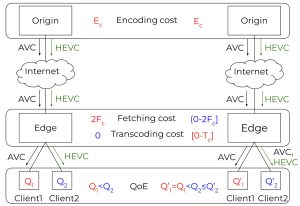
MCOM architecture overview.
OTEC: An Optimized Transcoding Task Scheduler for Cloud and Fog Environments
Samira Afzal (Alpen-Adria-Universität Klagenfurt), Farzad Tashtarian (Alpen-Adria-Universität Klagenfurt), Hamid Hadian (Alpen-Adria-Universität Klagenfurt), Alireza Erfanian (Alpen-Adria-Universität Klagenfurt), Christian Timmerer (Alpen-Adria-Universität Klagenfurt), and Radu Prodan (Alpen-Adria-Universität Klagenfurt)
Abstract:
Encoding and transcoding videos into multiple codecs and representations is a significant challenge that requires seconds or even days on high-performance computers depending on many technical characteristics, such as video complexity or encoding parameters. Cloud computing offering on-demand computing resources optimized to meet the needs of customers and their budgets is a promising technology for accelerating dynamic transcoding workloads. In this work, we propose OTEC, a novel multi-objective optimization method based on the mixed-integer linear programming model to optimize the computing instance selection for transcoding processes. OTEC determines the type and number of cloud and fog resource instances for video encoding and transcoding tasks with optimized computation cost and time. We evaluated OTEC on AWS EC2 and Exoscale instances for various administrator priorities, the number of encoded video segments, and segment transcoding times. The results show that OTEC can achieve appropriate resource selections and satisfy the administrator’s priorities in terms of time and cost minimization.
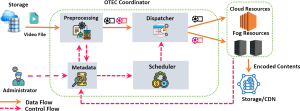
OTEC architecture overview.


